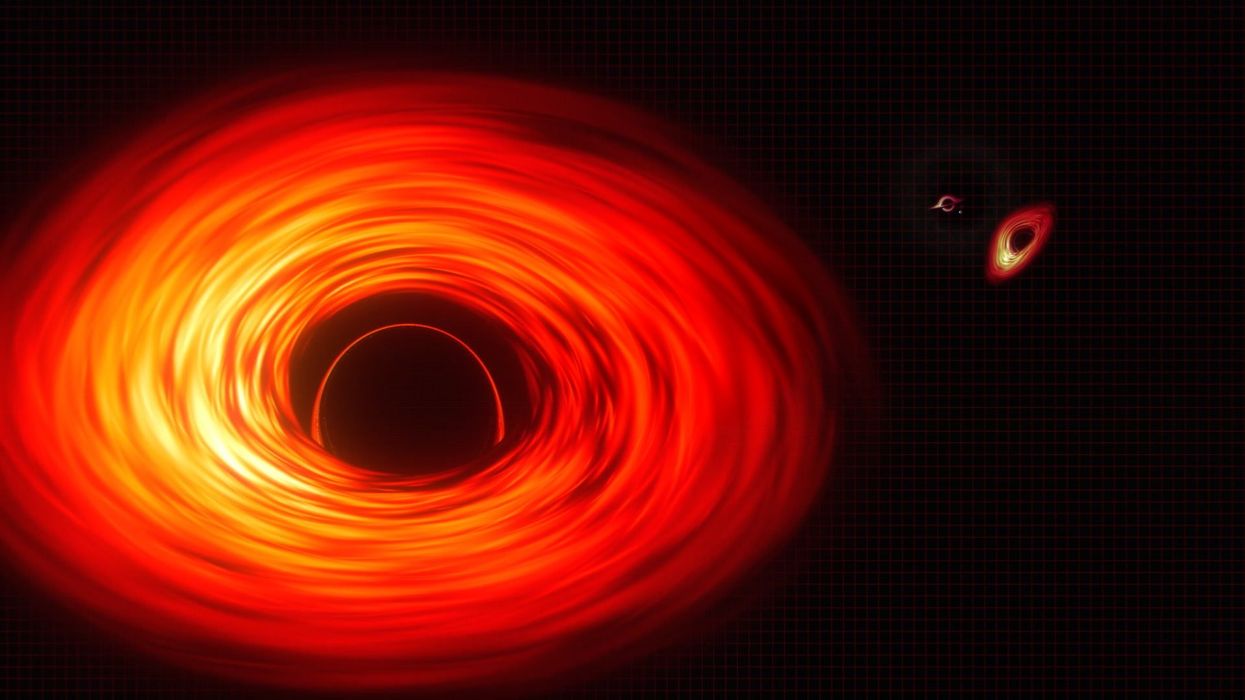For over two decades, a triumvirate of NASA Earth-observing satellites – Terra, Aqua, and Aura – has served as humanity’s keen eyes on our planet.

These tireless orbiters, each the size of an elephant, have meticulously documented Earth’s health, providing invaluable data for weather forecasting, wildfire management, oil spill tracking, and a multitude of critical endeavors. However, a looming shadow threatens to cast a veil over our ability to observe Earth – the impending decommissioning of these irreplaceable satellites.
Facing the Inevitable: The Sunset of an Era and a Scramble for Solutions
The harsh reality is that Terra, Aqua, and Aura are nearing the end of their operational lifespans. They are slowly drifting lower in their orbits, and their instruments are beginning to show signs of wear. The inevitable moment of shutdown is fast approaching, with the exact date yet to be determined. This impending silence from space has scientists scrambling to adjust their research strategies and develop contingency plans to mitigate the data gap that will follow.
A Glaring Gap in Our Vision: Data Lost, Knowledge Impaired, and the Potential for Cascading Effects
The loss of these satellites will create a significant gap in our ability to monitor Earth. A substantial portion of the data they collect is irreplaceable – no other instruments currently in operation can replicate these crucial measurements. This translates to a loss of fine-grained detail about our planet, hindering our ability to track critical environmental changes. The consequences are particularly dire for studying the stratosphere, the atmospheric layer safeguarding us from harmful solar radiation.
The Stratosphere: A Crucial Layer Unmasked, and a Lifeline Potentially Cut
The data from Aura’s microwave limb sounder offers an unparalleled view into the complex chemical processes unfolding within the stratosphere. This instrument meticulously tracks the creation and destruction of ozone molecules, a vital component of the ozone layer.
Losing this data will significantly impede our ability to monitor the health of the ozone layer and understand how human activities and natural phenomena influence it. Recent events, such as the devastating Australian wildfires and the Tongan volcanic eruption, highlight the crucial role Aura plays in tracking the impact of such events on the ozone layer. The ramifications of losing this data could extend far beyond ozone depletion, potentially impacting climate models and our understanding of atmospheric circulation patterns.
Beyond the Stratosphere: A Broader Impact on Environmental Monitoring Efforts
The impact of the satellite shutdown extends far beyond the stratosphere. These Earth-observing workhorses provide a wealth of data used for diverse applications. From tracking the movement of smoke plumes from wildfires and dust storms to monitoring the health of forests and agricultural crops, the data from Terra, Aqua, and Aura underpins a wide range of environmental monitoring efforts. While alternative sources might exist for some of this data, they often come with limitations, such as lower resolution, reduced frequency, or restricted temporal coverage. This can significantly hamper researchers’ ability to detect trends, monitor rapid changes, or make accurate comparisons across time.
A Tough Choice: Balancing Legacy with Progress, and the Importance of Long-Term Vision
NASA acknowledges the concerns raised by the scientific community. However, the space agency faces tough budgetary constraints, forcing them to make difficult choices. While extending the missions of Terra, Aqua, and Aura might seem ideal, NASA also prioritizes developing new instruments and technologies that offer fresh perspectives on our planet. This ongoing quest for scientific advancement necessitates the difficult decision to phase out older missions. Ideally, a balance could be struck where the knowledge gleaned from these pioneering satellites informs the design of future missions, ensuring a seamless continuity in Earth observation capabilities.
The Road Ahead: Adapting to a Changing Observational Landscape and Building a Bridge to the Future
The decommissioning of Terra, Aqua, and Aura marks a turning point in our ability to monitor Earth from space. While new technologies offer exciting possibilities, the irreplaceable data collected by these pioneering satellites will leave a lasting legacy. The coming years will be a period of adaptation and innovation as scientists strive to maintain a comprehensive view of our ever-changing planet. This might involve relying on alternative data sources, developing new measurement techniques, or finding creative ways to bridge the gap in the existing data record. International collaboration on space observation missions will also be crucial in ensuring a robust and sustained capability to monitor Earth’s health.
The impending loss of these satellites serves as a stark reminder of the importance of long-term planning and sustained investment in Earth observation programs. Only by ensuring a continuous flow of comprehensive environmental data can we hope to understand the complex challenges facing our planet and develop effective strategies for safeguarding its future.



















